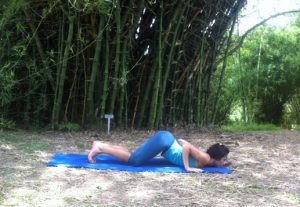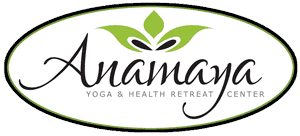
Knees, Chest, and Chin (Ashtanga Namaskara)
Pronunciation: ash-TAHN-gaa nah-muh-SKAR-uh Pose Type: Knees, Chest, and Chin pose is known as a salute to the eight limbs of the body. Ashtanga Namaskara warms the body and prepares it for further activity. It is important when practicing this post not to let the elbows splay out or collapse the chest into the pose. Use
















